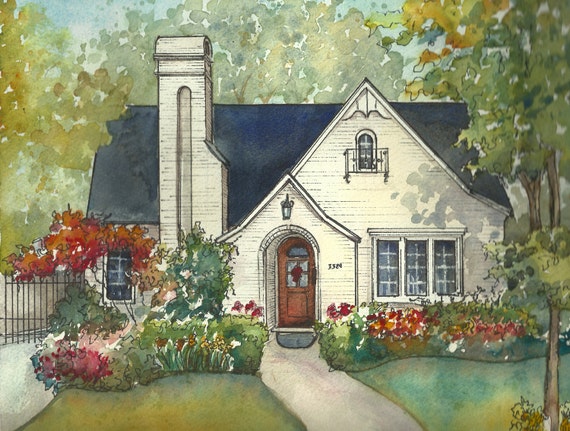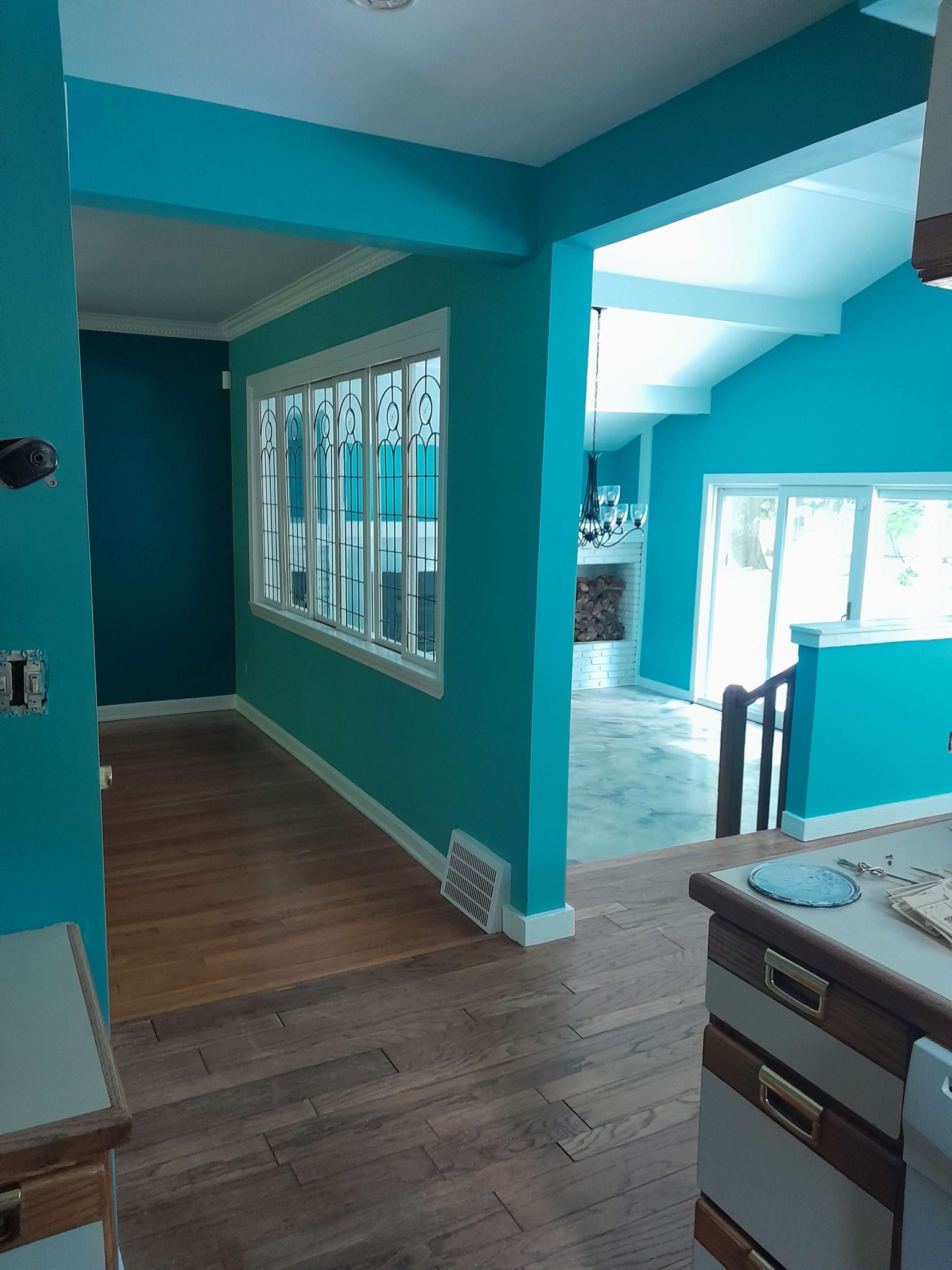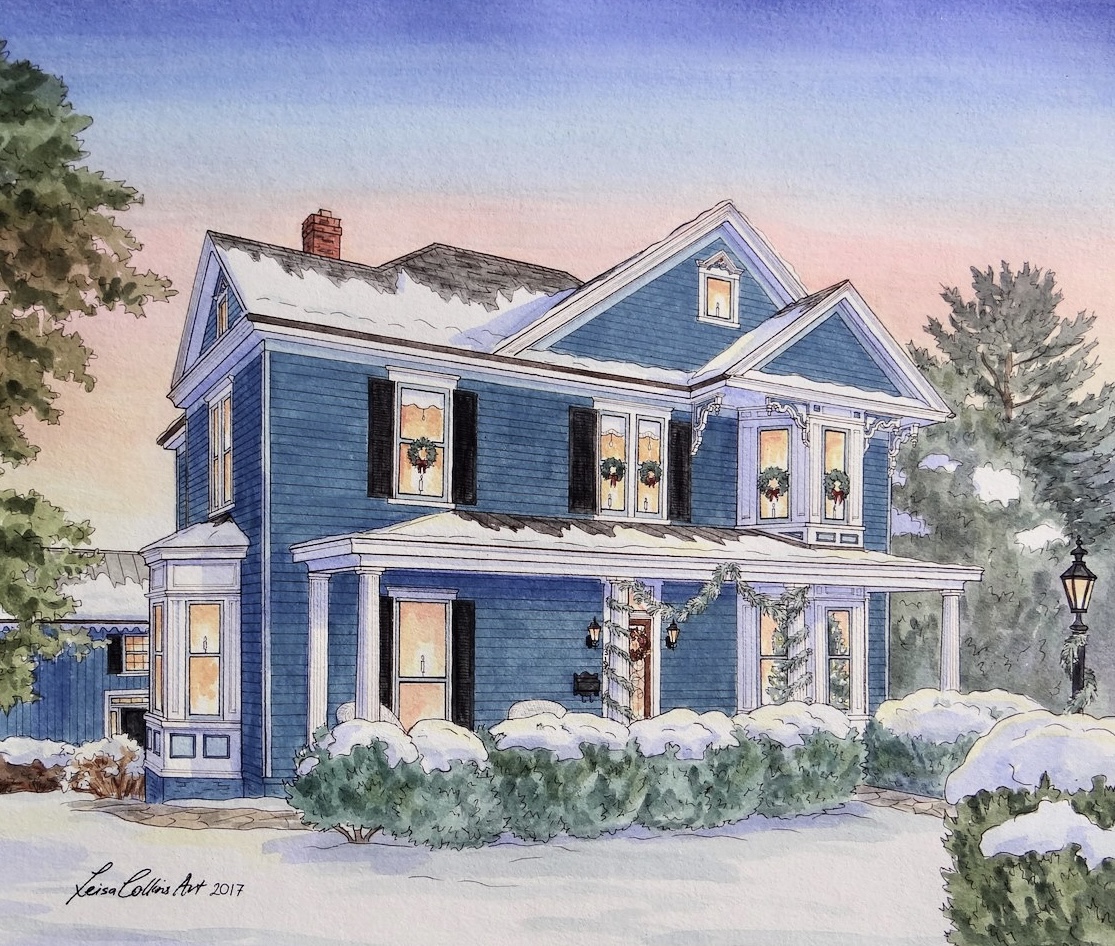Rejuvenate Your Room With Exterior And Interior Residence Painting
Rejuvenating your area via both interior and exterior residence paint is a tactical approach to improving your home's overall setting and market value. Comprehending the lasting advantages of top quality paints goes beyond aesthetic appeals; it involves considerations of toughness and upkeep.
Advantages of Home Paint
Transforming a home's look via paint not just enhances its visual appeal yet likewise gives significant functional advantages. A fresh coat of paint acts as a safety obstacle against ecological aspects, such as dampness and UV rays, which can result in deterioration gradually. This protective layer is specifically important for external surfaces that encounter the force of the weather condition.
Furthermore, indoor painting can improve air top quality by utilizing low-VOC or zero-VOC paints, which decrease unsafe exhausts and promote a much healthier living atmosphere. This is particularly valuable for families with little ones or individuals with respiratory system issues.
Furthermore, house paint can increase residential or commercial property worth. A well-maintained home with a modern-day color combination brings in potential customers, making it a sound financial investment for house owners wanting to market. Normal paint likewise reflects a feeling of care and attention to detail, boosting the general marketability of the property.
Lastly, painting permits house owners to share their individual design and create an inviting atmosphere. Whether upgrading obsolete shades or rejuvenating discolored wall surfaces, paint can revitalize a room, making it really feel brand-new and welcoming. Generally, the advantages of residence painting are both visual and useful, making it a necessary aspect of home upkeep.

Picking the Right Colors
Picking the appropriate shades for both indoor and outside home painting is an essential element of boosting a home's visual charm and value. Shade selections can considerably influence the understanding of space, mood, and building attributes. When considering outside colors, it is important to take into consideration the surrounding atmosphere, neighborhood aesthetic appeals, and any home owner association guidelines. Natural tones, for example, can develop an unified blend with nature, while brighter tones might offer a modern pop that stands out.
For indoor areas, colors should be picked based on the function of each area. Softer shades advertise tranquility in bed rooms, while vivid shades can stimulate living areas or playrooms. Florentina’s Painting LLC Interior Painting. Additionally, consider just how natural light engages with shades throughout the day; a color may show up various under differing lighting conditions
In addition, it's beneficial to develop a cohesive color palette that streams throughout the home, connecting various spaces while allowing for individual expression in each area. Using color examples and samples can help in picturing the final end result, making sure that your choices line up with your vision and enhance both the exterior and interior appeal of your home.
Inside Painting Strategies
When it involves performing an effective indoor painting job, understanding numerous techniques is crucial for attaining a refined and expert surface. One fundamental method is the "cut-in" technique, which involves making use of a brush to paint sides and corners before rolling the advice wall surfaces. This develops tidy lines and protects against roller marks.
Another efficient technique is making use of various roller snooze lengths. A shorter nap is ideal for smooth surface areas, while a longer nap can assist cover distinctive walls, making sure an even application of paint. In addition, employing a "back-rolling" method after splashing can assist to evenly disperse paint and boost bond.
For more intricate layouts, techniques such as stenciling or sponging can include deepness and character to a room. These methods require accuracy and method yet can generate spectacular results.

Last but not least, correct surface area prep work-- including cleansing, fining sand, and priming-- is crucial to any painting strategy. This not just guarantees much better paint adherence but additionally prolongs the life of the surface. By mastering these indoor painting techniques, property owners can transform their rooms with self-confidence and imagination.
Outside Painting Fundamentals
Efficiently tackling an exterior painting job needs cautious planning and interest to detail. The very first step is to pick high-grade paint that is particularly created for outdoor use, ensuring durability against the components. Think about the environment of your region, as different paints give varying levels of dampness resistance, UV protection, and temperature flexibility.
Repair any type of problems, such as splits or holes, to create a smooth substrate for paint. Priming is usually recommended, especially for bare or previously unpainted surfaces, as it improves bond and enhances the paint's longevity.
Picking the right tools is just as vital. Spend in quality brushes, rollers, and sprayers to attain an expert surface. Take notice of the application technique; operating in convenient areas and using also coats will produce optimal results. Take into consideration the timing of your project. Ideal problems consist of reduced humidity, modest temperatures, and minimal wind, which can impact drying out times and paint adherence. By concentrating on these basics, you can guarantee an effective and aesthetically pleasing external painting job.

Maintenance Tips for Longevity
Routine maintenance is necessary for maintaining the long life and look of cost to paint 3 bedroom house both interior and outside paintwork. To guarantee your paint lasts, begin with routine assessments. For outside surfaces, check for indicators of peeling, splitting, or fading, and address these problems without delay to avoid additional damage. Clean surfaces regularly to eliminate dust, mold, and grime, utilizing a light cleaning agent and soft brush as needed.
For interior areas, maintain a regular temperature level and humidity degree to minimize paint deterioration. Dust wall surfaces and baseboards occasionally and consider making use of touch-up paints to cover minor scuffs or scratches.
Furthermore, evaluate and preserve caulking around home windows and doors; replacing worn or broken caulk will prevent dampness invasion, which can compromise paint top quality. When painting, pick high-quality paints that provide far better resilience and resistance to environmental elements, making sure a longer-lasting coating.
Conclusion
To conclude, house paint offers as a powerful tool for revitalizing both the interior and outside of a home. The advantages extend beyond simple aesthetic appeals, boosting residential property value and improving air top quality through making use of quality materials. Mindful consideration of color selection, along with the application of reliable methods, guarantees a successful improvement. Moreover, implementing maintenance approaches can extend the life of the paint, securing the investment made in the dark blue house white trim revitalization procedure.